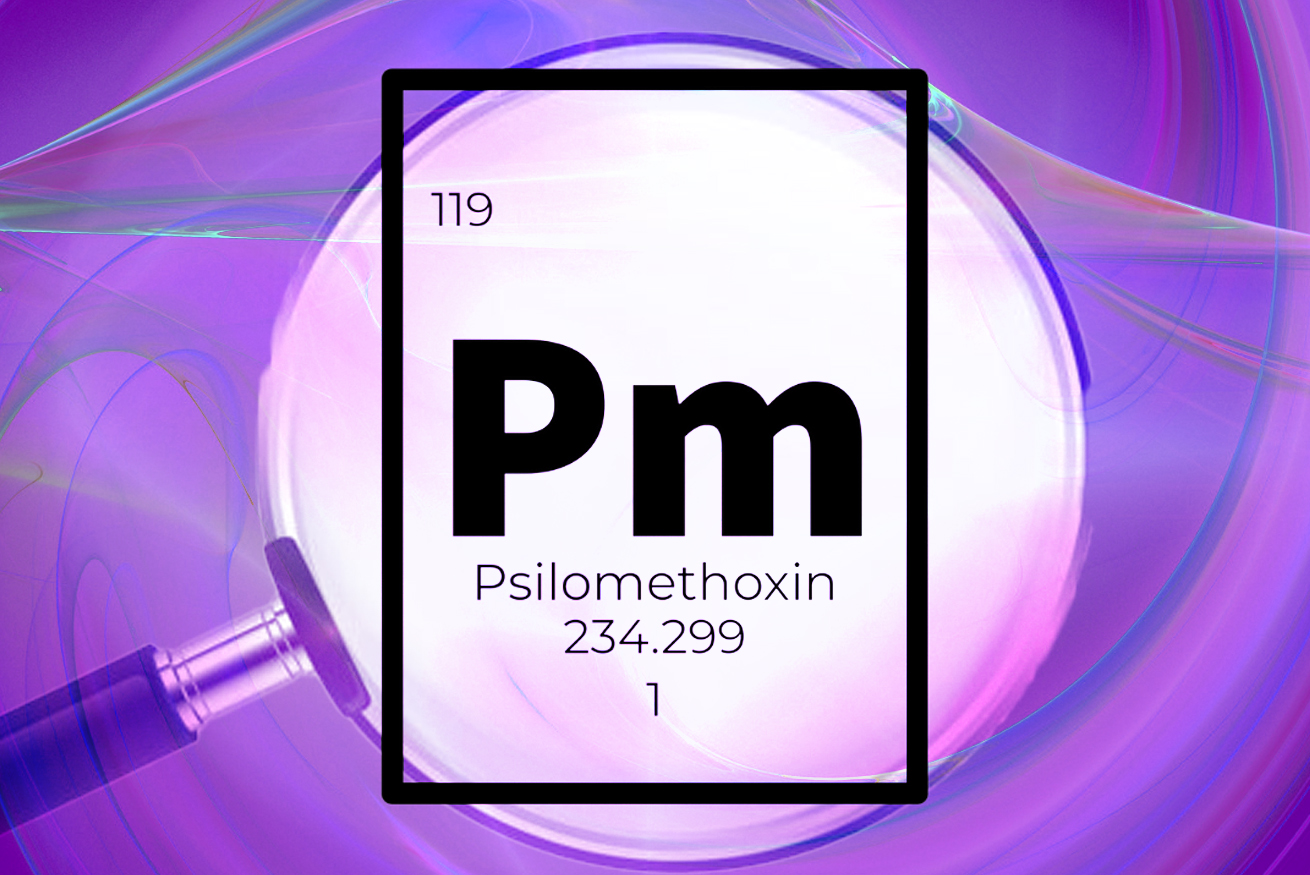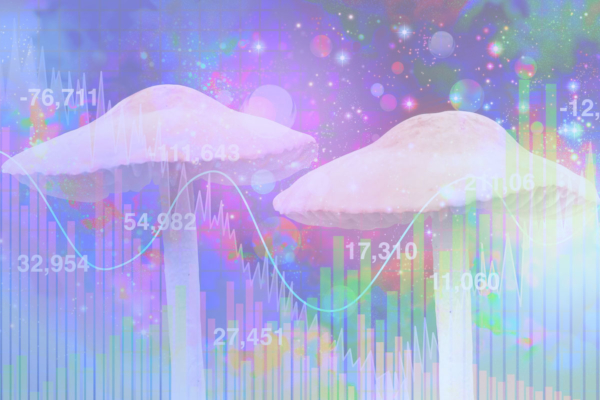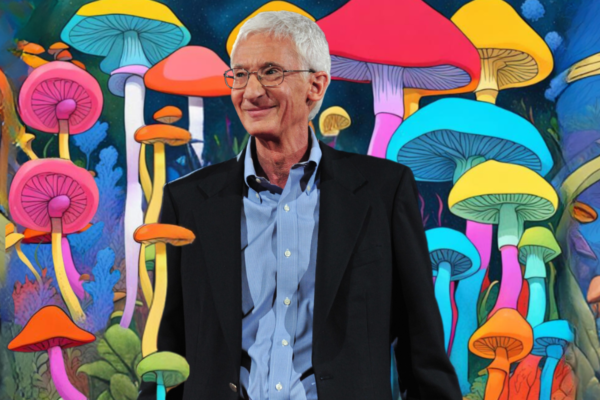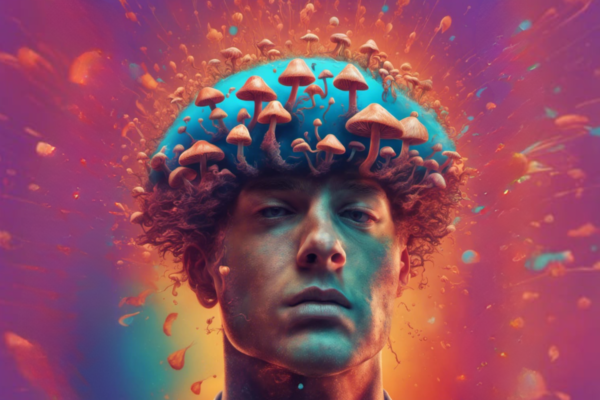
There is a belief among some people in the psychonaut community that combining psilocybin mushrooms with 5-MEO-DMT, a substance found in the venom of the Sonoran Desert toad, may create a new psychedelic drug called psilomethoxin.
Recently, a new religious group called the Church of Psilomethoxin, has made big headlines with their shocking claim that they’ve created this new hybrid psychedelic for adherents to partake in.
According to the Church of Psilomethoxin, their method for creating their sacrament was inspired by Alexander “Sasha” Shulgin, a well-known American chemist who created numerous psychedelic substances.
Back in 2005, Shulgin suggested that a hybrid molecule could be formed by combining the two medications used in the sacrament.
Although no one is certain if the group’s special mixture is truly unique, they have gained a significant online following since their establishment in 2021. Recently, a church member anonymously provided a drug sample to researchers who analyzed it for psilomethoxin.
In their paper, they state that psilomethoxin is claimed to possess distinct characteristics and outcomes when compared to conventional psychedelics.
With this bold statement dividing both professionals and paychonauts alike, one can’t help but wonder if this so-called “new” drug actually holds any value or credibility. But without evidence to support the claims what are followers left to believe?
The authors have reported their study findings which are currently undergoing peer-review.
Let’s take a look at the paper in question and it’s findings.
In the paper titled “Fungi Fiction: An Analytical Investigation into the Church of Psilomethoxin’s Alleged Novel Compound Using UPLC-HRMS,” the authors utilized Ultra Performance Liquid Chromatography-High Resolution Mass Spectrometry (UPLC-HRMS) to examine the sample and identify any new compounds.
To prepare the psilomethoxin samples, the researchers opened the capsule (which weighed 480 mg) and took 100 mg of the powder inside. They then used anhydrous methanol to sonicate the powder for an hour while keeping it protected from light. After centrifuging the extract, they added 100 μL of supernatant to 900 μL of deionized water to create dilutions for UPLC-HRMS injection.
The sample contained psilocybin, psilocin, bufotenidine, and some other psychoactive compounds. However, the authors did not detect any new or unique compounds in the substance.
According to the authors, the method proposed for producing psilomethoxin in mushrooms goes against the usual understanding of how psilocybin is produced. The typical process involves a set of enzymatic reactions that include the enzyme PsiH. This enzyme helps in the hydroxylation of the tryptamine indole ring at the four positions. Here is a Figure 2 to explain the process.
The Church’s claim that psilocybe mushrooms can metabolize 5-MeO-DMT to create psilomethoxin is unlikely based on the differences between the two substances. The process would require significant changes to the way the mushrooms’ enzymes work, as 5-MeO-DMT is very different from the mushrooms’ typical substrate, tryptamine. Therefore, there is little evidence to support the Church’s assertion.
The findings of the study have significant implications for those in the field of psychedelic research and for individuals interested in trying new psychoactive substances.
First, the study indicates that the substance created by the Church of Psilomethoxin does not seem to have any remarkable therapeutic or psychoactive effects beyond what is already known about psilocybin and psilocin. This is because the researchers did not detect any new or distinct compounds in the substance. Therefore, it highlights the significance of thorough analytical testing and peer assessment when evaluating assertions about fresh psychoactive substances.
The study also indicates that there are possible dangers when consuming new psychoactive substances. The safety and effectiveness of the substance promoted by the Church of Psilomethoxin have not been scientifically proven, and individuals who use it may be putting themselves in danger of unexpected risks and harm.
The study emphasizes the importance of further researching the safety and effectiveness of well-known psychoactive substances like psilocybin. It also highlights the need to create consistent procedures for giving these substances in therapeutic contexts.
While psilocybin has shown promise in treating a range of mental health conditions, including depression and anxiety, more research is needed before the FDA approves psilocybin-assisted therapy.
Overall, the study emphasizes the importance of a cautious and evidence-based approach to the use of novel psychoactive substances, and the need for rigorous scientific inquiry to guide their development and use.





